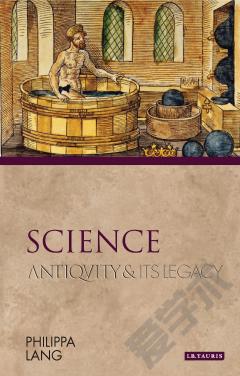Forensic Science
Forensic Science, Second Edition presents the applications of separation methods, manly chromatography, in forensic practice. The first part, devoted to forensic toxicology, contains reviews on forensic relevant groups of compounds, like: Opiate agonists, cocaine, amphetamines, hallucinogens, cannabinoids, sedatives and hypnotics, antidepressive and antipsychotic drugs, analgesics, antidiabetics, muscle relaxants, and mushroom toxins.In these parts, the preliminary immunochemical tests were also included, together with separation methods. Screening procedures used in forensic toxicology were presented in separate chapters on forensic screening with GC, GC-MS, HPLC, LC-MS, CE, and LC-ICP-MS. In the part on actual and emerging problems of forensic toxicology, following chapters were included: Analytical markers of alcohol abuse, toxicological aspects of herbal remedies, drugs and driving, analysis in alternative matrices, doping analysis, pharmacogenomics in forensic toxicology, and quality assurance. The second part presents application of separation methods in forensic chemistry, and comprises chapters on: Explosives, chemical warfare agents, arson analysis, and writing media. Third part on forensic identification contains chapter on forensic genetics.All chapters are written up-to-date and present specific information up to 2006. The authors of each chapter are known not only from their scientific activity, but are also reputed experts, proven in everyday forensic casework.Wide spectrum of topics presentedUp-to-date presentation of topicsData are presented in comparative modeSpecial stress put on screening procedures
{{comment.content}}








 京公网安备 11010802027623号
京公网安备 11010802027623号